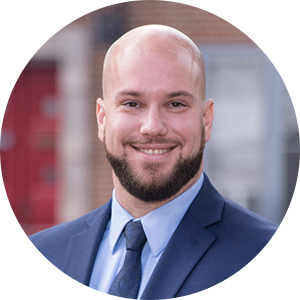As we begin the 2024 fiscal year, marketing and communication leaders might be challenged by campus leadership to cut costs without sacrificing their strategic initiatives (marketing is not an expense, but that’s a topic for another article). When weighing innovative methods to maximize every dollar of your budget, it’s essential to look across your institution to understand how much is being spent on outsourced services, and if any of that work can be brought in-house.
There are many factors to consider when determining what services can be moved from outside to in-house. Let’s walk through five of those key questions below.




